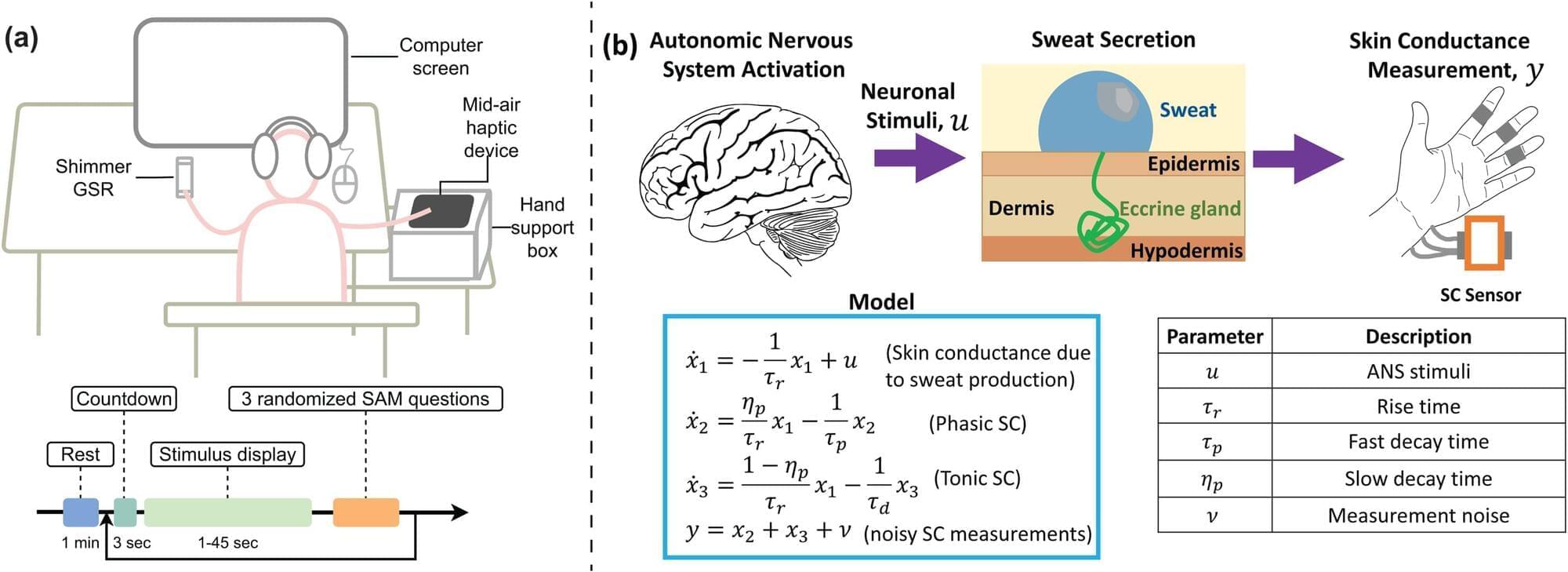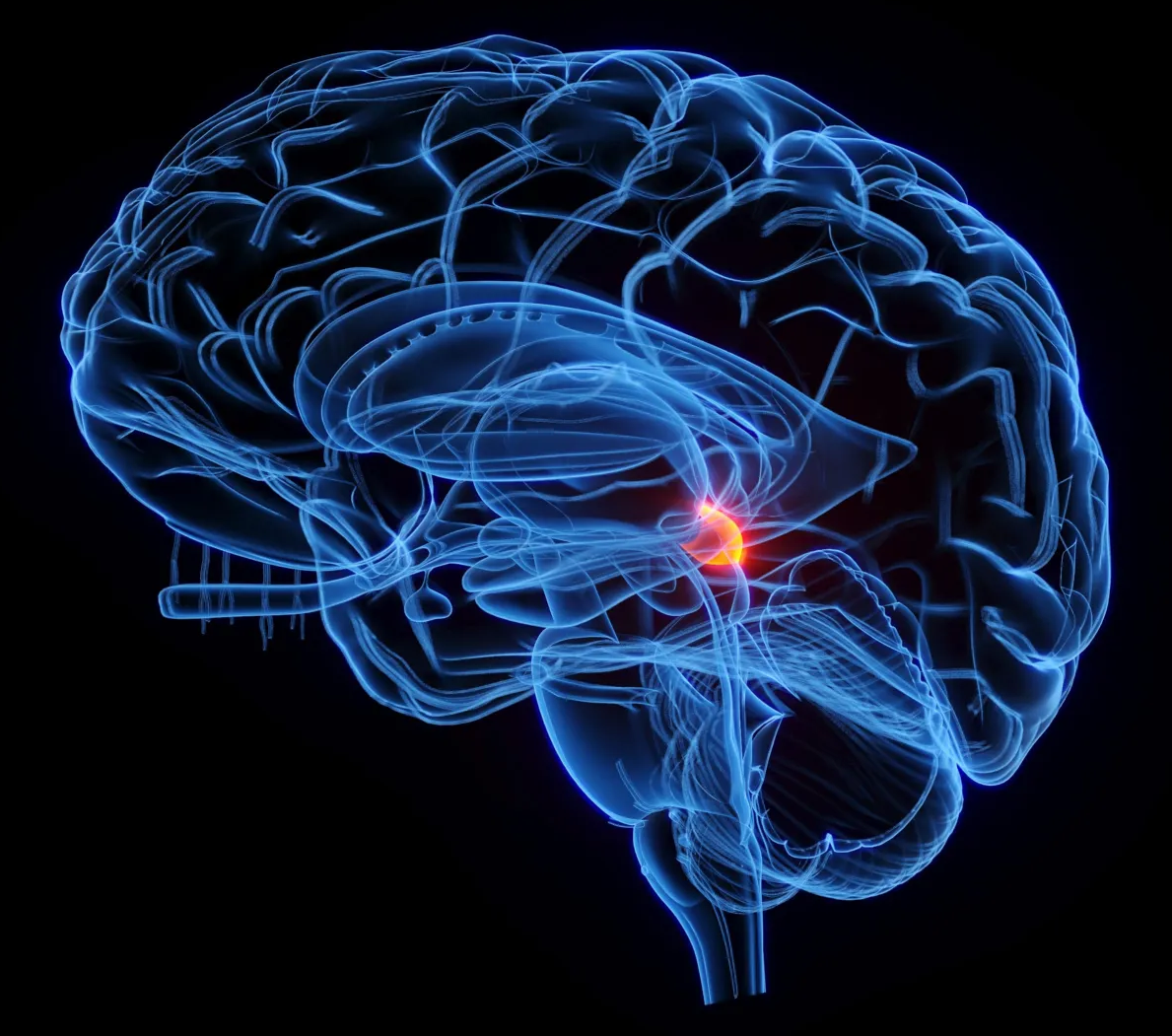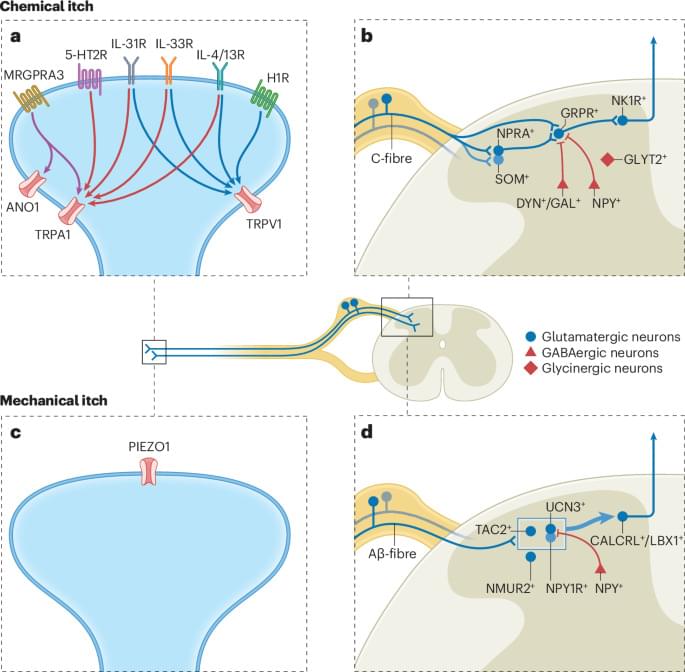The brain’s ability to learn from rewards fluctuates with natural hormonal cycles, a new study in rats shows. Researchers report in Nature Neuroscience that peak estrogen levels amplify the dopamine signals that drive reinforcement learning.



Alcohol use disorder (AUD) is a highly prevalent disorder with limited therapeutic options. The central amygdala (CeA) is a critical brain region as dysregulation within the CeA and the corticotropin-releasing factor (CRF) system are associated with AUD pathology. CeA CRF1 receptors regulate alcohol drinking and have served as a therapeutic target in alcohol treatment. One emerging potential therapeutic for AUD is psilocybin. Psilocybin has been shown to decrease drinking in some clinical studies however the effects are variable and mechanisms underlying these effects are poorly understood. Psilocybin can engage many brain regions, including the CeA, and may produce therapeutic effects on drinking through interactions with CeA CRF1 neurons. The current study explores the effects of psilocin, the active metabolite of psilocybin, on voluntary ethanol drinking and CeA CRF1 activity to understand the potential mechanisms underlying the therapeutic effects of psilocin. Psilocin acutely decreased ethanol consumption in mice exposed to two different models of chronic ethanol exposure without producing changes in locomotor behavior. Psilocin increased CeA activation and decreased relative CRF1 activation in CeA sub-regions from ethanol-naïve female CRF1:GFP mice. These results were also observed in chronic ethanol-exposed mice at 24hr and 72hr withdrawal timepoints. Psilocin increased corticosterone at 24hr withdrawal but not at 72hr withdrawal. Collectively, these results demonstrate that psilocin engages CeA circuitry and decreases relative CRF1 activation, in parallel with acute reductions in drinking. These results contribute to our understanding of the mechanisms underlying the actions of psilocin and inform the interpretation of therapeutic effects in clinical studies.
Significance Statement Alcohol is one of the most commonly-used substances that dysregulates brain regions involved in emotional processing and stress. An important regulator of the stress response is the neuropeptide known as corticotropin releasing factor (CRF). Alcohol can dysregulate brain regions through the engagement of corticotropin releasing factor receptor 1 (CRF1)-containing neurons and thus promote continued alcohol use. Although alcohol use disorder (AUD) is a highly prevalent condition, few treatment options are available. Psilocybin, a psychedelic prodrug that is broken down into the active metabolite, psilocin, has emerged as a potential treatment for AUD in recent studies. The current study explores the effects of psilocin on alcohol drinking and central amygdala CRF1-containing neurons in female mice to better understand potential therapeutic mechanisms.

In the brain, highly specific connections called synapses link nerve cells and transmit electrical signals in a targeted manner. Despite decades of research, how synapses form during brain development is still not fully understood.
Now, an international research team from the Max-Planck-Zentrum für Physik und Medizin, the University of Cambridge, and the University of Warwick has discovered that the mechanical properties of the brain play a significant role in this developmental process. In a study recently published in Nature Communications, the scientists showed how the ability of neurons to detect stiffness is related to molecular mechanisms that regulate neuronal development.

After years of work, cognition and neuroscience doctoral student Hailey Welch is—for the first time—the lead author of a study published in an academic journal, a paper appearing in Cell Reports, which examined the role of the vagus nerve’s branches in digestive signaling.
The goal of Welch’s research is to learn more about the vagus nerve’s role in the forming of dietary habits. The vagus nerve includes left and right branches. Earlier research in the Motor and Habit Learning Lab of Dr. Catherine Thorn, associate professor of neuroscience in the School of Behavioral and Brain Sciences and the corresponding author of the Cell Reports study, indicates that those two sides have different functions.
“We know that the vagus nerve transmits information about the nutritional and reward aspects of food from the gut to the brain,” Welch said. “What we are discovering is that such reward signaling is lateralized—mainly right-sided.”

When we listen to a moving piece of music or feel the gentle pulse of a haptic vibration, our bodies react before we consciously register the feeling. The heart may quicken and palms may sweat, resulting in subtle electrical resistance variations in the skin. These changes, though often imperceptible, reflect the brain’s engagement with the world.
A recent study by researchers at NYU Tandon and the Icahn School of Medicine at Mount Sinai and published in PLOS Mental Health explores how such physiological signals can reveal cognitive arousal—the level of mental alertness and emotional activation—without the need for subjective reporting.
The researchers, led by Associate Professor of Biomedical Engineering Rose Faghih at NYU Tandon, focused on skin conductance, a well-established indicator of autonomic nervous system activity. When sweat glands are stimulated, even minutely, the skin’s ability to conduct electricity changes.

Scientists at Stanford have created a non-invasive ultrasound method of brain cleansing that boosted the survival rate of mice after stroke by activating natural detoxification mechanisms. The technology, accidentally discovered during experiments with the blood-brain barrier, stimulates microglial immune cells to dispose of toxic waste and improves the circulation of cerebrospinal fluid. The method opens the way to treating the consequences of strokes and injuries without drugs.
A non-invasive, drug-free ultrasound method helps cleanse the brain and reduce inflammation, potentially offering a radically simple new approach to treating neurological diseases.

This herculean effort could help scientists unravel the causes of neurodevelopmental disorders. In one study, led by Arnold Kriegstein at the University of California, San Francisco, scientists found brain stem cells that are potentially co-opted to form a deadly brain cancer in adulthood. Other studies shed light on imbalances between excitatory and inhibitory neurons—these ramp up or tone down brain activity, respectively—which could contribute to autism and schizophrenia.
“Many brain diseases begin during different stages of development, but until now we haven’t had a comprehensive roadmap for simply understanding healthy brain development,” said Kriegstein in a press release. “Our map highlights the genetic programs behind the growth of the human brain that go awry during specific forms of brain dysfunction.”
Over a century ago, the first neuroscientists used brain cell shapes to categorize their identities. BICAN collaborators have a much larger arsenal of tools to map the brain’s cells.


New research shows that the superior colliculus, a primitive brain region, can independently interpret visual information. This challenges long-held beliefs that only the cortex handles such complex computations. The discovery highlights how ancient neural circuits guide attention and perception, shaping how we react to the world around us.

Itch has an important role as a somatosensory defensive mechanism. In this Review, Sun synthesizes CNS circuits underlying itch signal processing and its modulation in the spinal cord, transmission of processed itch information to the brain for encoding, and evoked sensory and affective components from the perception of itch.